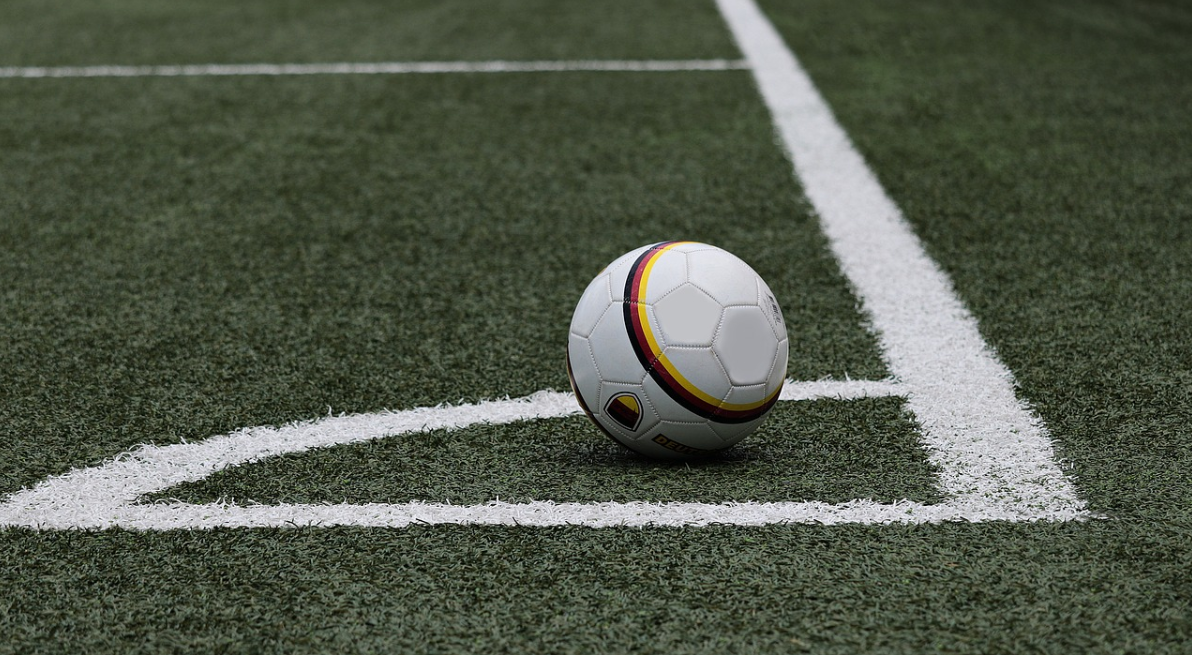Soccer-All-Brazilian finals sign of power shift in South America
The revenue disparity is reflected on the field where Brazilian clubs are able to pay competitive salaries to players coming from Europe. Dani Alves (Sao Paulo), Diego Costa (Atletico Mineiro), and David Luiz, Kenedy and Andreas Pereira (Flamengo) are some of the big names who came to Brazil this year.

South America's top club competitions reach a climax this month but the two all-Brazilian finals have robbed the showcase events of an international dimension and thrown up questions about Brazil's dominance. Red Bull Bragantino face Athletico Paranaense in this Saturday's Copa Sudamericana final, the South American equivalent of Europe's second-tier Europa League.
A week later at the same venue in Montevideo, Brazilian sides Flamengo and Palmeiras compete for the Copa Libertadores, the region's Champions League. It is the first time that all four finalists have come from the same country and highlights Brazil's growing financial clout.
"What unites the four finalists… is that they all boast solid management models," said Amir Somoggi, president of Sports Value, a Sao Paulo-based consultancy. "There's a big problem in Latam markets, and that's the Brazilian power in football's financials."
Brazil has a population four times greater than any of its neighbours and that difference is clear in revenue, particularly in TV income. Brazilian clubs bring in seven times more revenue than those in Chile, and 10 times more than those in Argentina, said Somoggi.
In a 2019 comparison of two of the continent's biggest clubs, Flamengo's income ($236 million), more than twice that of Argentina's Boca Juniors ($99 million), according to Sports Value. Television income accounted for $82 million of the Flamengo revenue, but just $4 million of Boca's revenue. The revenue disparity is reflected on the field where Brazilian clubs are able to pay competitive salaries to players coming from Europe.
Dani Alves (Sao Paulo), Diego Costa (Atletico Mineiro), and David Luiz, Kenedy and Andreas Pereira (Flamengo) are some of the big names who came to Brazil this year. In addition, most top Brazilian clubs can afford key players from elsewhere in the region.
Flamengo have internationals from Chile, Paraguay and Uruguay in their first team, and Palmeiras have capped players from the latter two countries. Atletico Mineiro, Libertadores semi-finalists and favourites to win the Brazilian first division, have top performers from Argentina, Chile and Venezuela.
The chasm is particularly galling for Argentina, Brazil's main rival in the region, and it has only grown since the start of the COVID-19 pandemic. Argentine clubs rely on matchday revenue for a greater portion of their income and that has been more of a factor since the pandemic put paid to crowds.
In addition, this year was unusual because of the Copa America that took place in June and July. The Brazilian league continued throughout the Copa, while in Argentina there were no games for almost two months.
That meant Brazilian teams were better prepared for the Libertadores and Sudamericana ties that took place less than a week after Argentina beat Brazil in the Copa America final at the Maracana stadium in Rio. Five of the six Brazilians involved won their last 16 matches in the Libertadores and three of the four won in the Sudamericana. All four of the Argentine teams who faced non-Argentine teams in the Libertadores were knocked out.
(This story has not been edited by Devdiscourse staff and is auto-generated from a syndicated feed.)
ALSO READ
Chilean Comptroller Launches Audit on Codelco-SQM Lithium Deal
Chile's Cape Froward: A New Haven for Endangered Wildlife
Chile's Economic Growth: A Revised Forecast
Chile's Economic Outlook: Growth and Copper Prices Drive Optimism for 2026
Major win for ultra-conservative gives Chile its most right-wing president in decades










